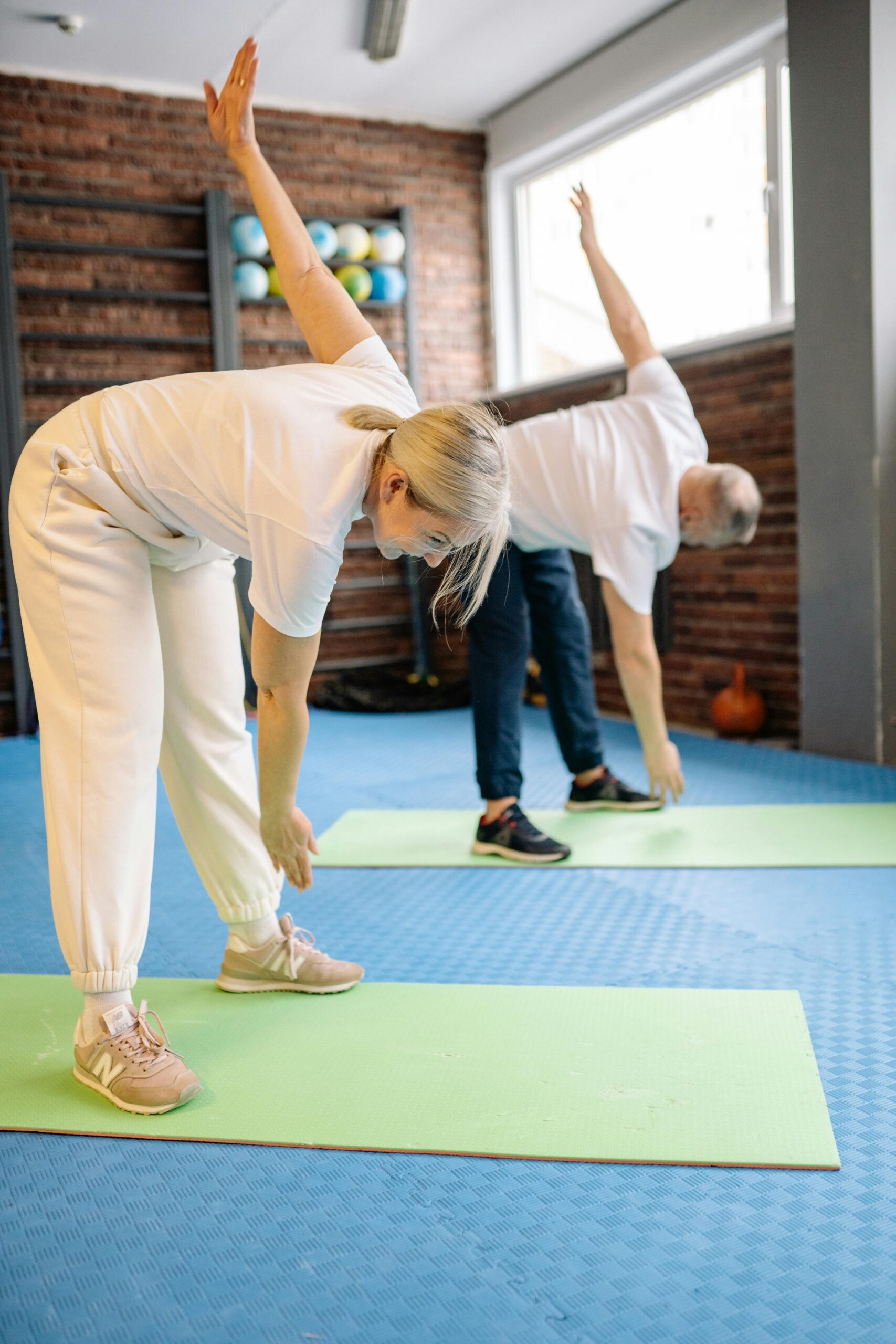What is Osteoarthritis?
Osteoarthritis is a common condition that affects millions of people worldwide. It is a degenerative joint disease that causes pain, stiffness, and swelling, making it difficult to move and perform everyday activities. While there is no cure for this condition, exercise physiology can be an effective way to manage the symptoms and improve overall quality of life.
Want to know more? Head over to the Arthritis Australia website and check out some of their amazing resources!
What is Exercise Physiology?
Exercise physiology is the study of how the body responds to physical activity. It focuses on how exercise affects the body at the cellular and molecular levels, as well as how it affects overall health and well-being. By understanding the mechanisms of exercise, exercise physiologists can design specific exercise programs to address a wide range of health conditions.
How Can Exercise Physiology Help Osteoarthritis?
There are many benefits of exercise physiology for osteoarthritis, including:
1. Pain management: Exercise physiology can help manage pain associated with osteoarthritis by improving joint mobility and reducing inflammation. Exercise also releases endorphins, which are natural painkillers that can help alleviate discomfort.
2. Improved joint function: Regular exercise can help improve joint function by strengthening the muscles surrounding the affected joint. This can help reduce stress on the joint and improve overall mobility.
3. Weight management: Maintaining a healthy weight is important for managing osteoarthritis symptoms. Exercise physiology can help with weight management by increasing metabolism and burning calories.
4. Improved cardiovascular health: Exercise physiology can also improve cardiovascular health, which is important for people with osteoarthritis. Aerobic exercise can help improve blood flow and oxygen delivery to the joints, reducing inflammation and promoting healing.
5. Reduced risk of comorbidities: Osteoarthritis is often associated with other health conditions, such as heart disease, diabetes, and obesity. Exercise physiology can help reduce the risk of these comorbidities by improving overall health and fitness.
Overall, exercise physiology can be an effective way to manage the symptoms of osteoarthritis and improve quality of life. If you have osteoarthritis, it is important to work with a qualified exercise physiologist to design an exercise program that is safe and effective for your specific needs. With the right exercise program, you can reduce pain, improve joint function, and enjoy a more active and healthier lifestyle. So why wait? Book an appointment today!



